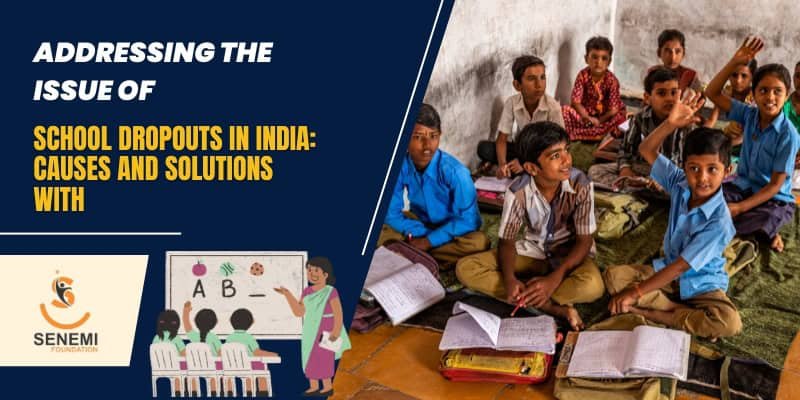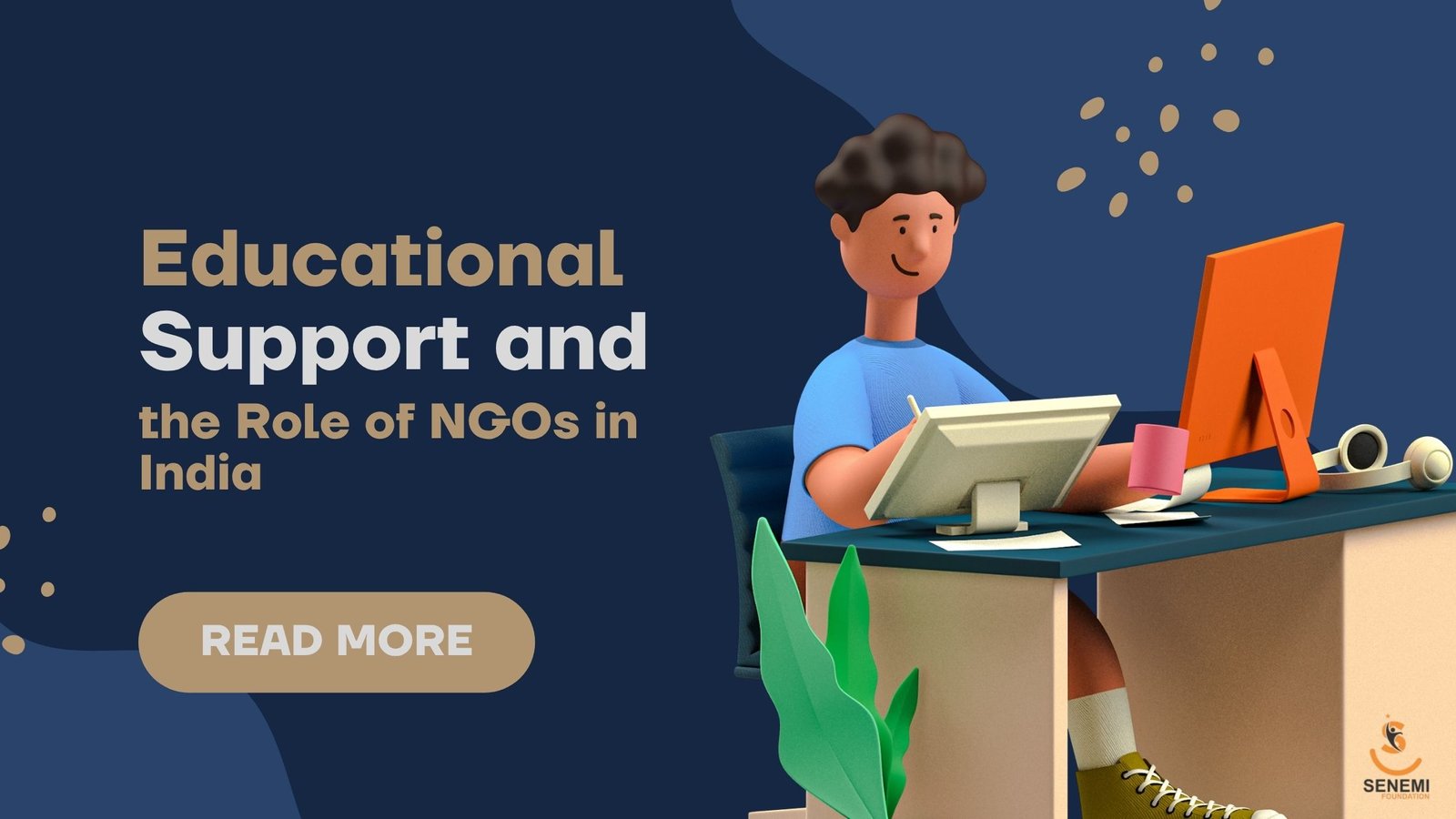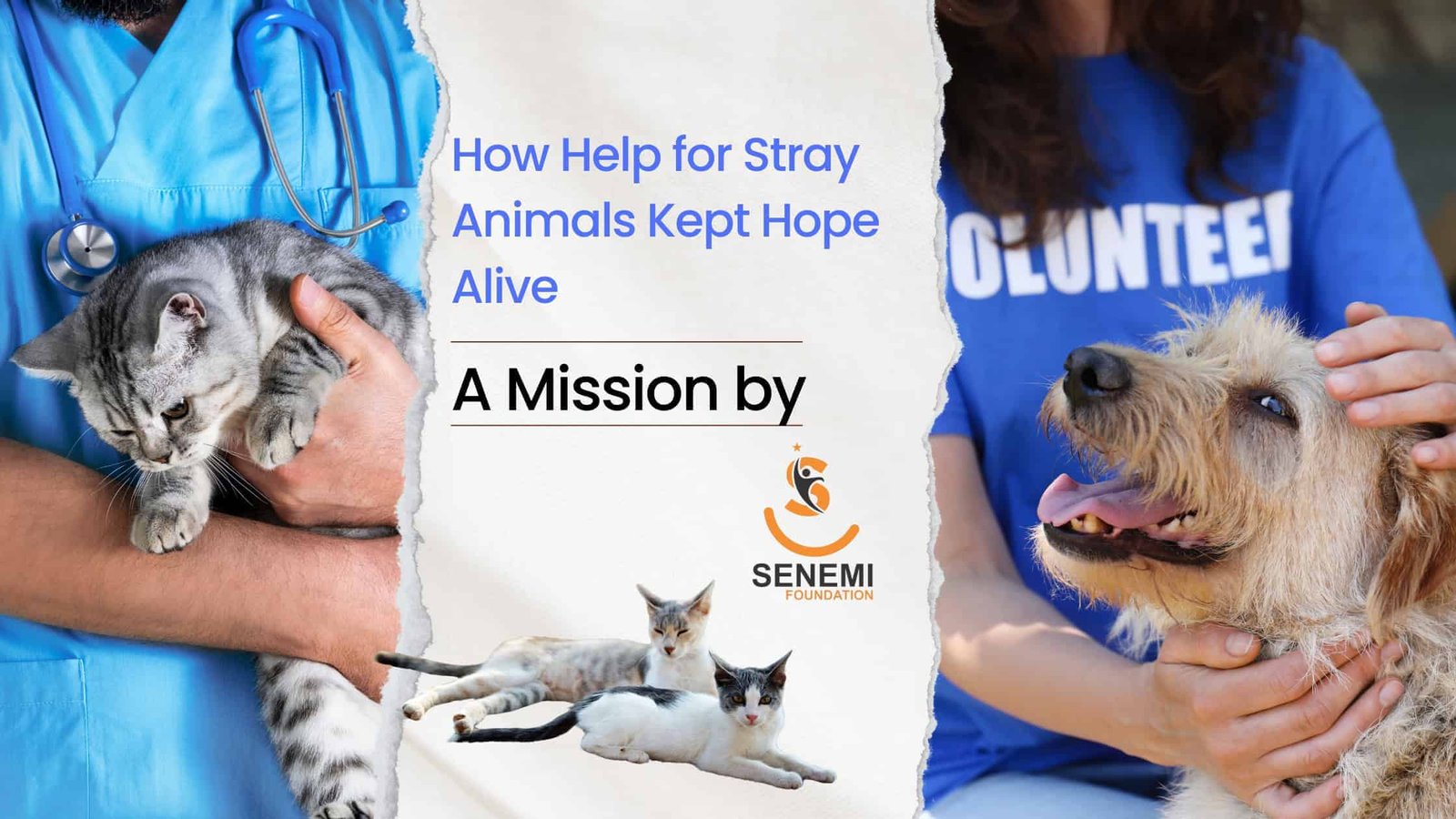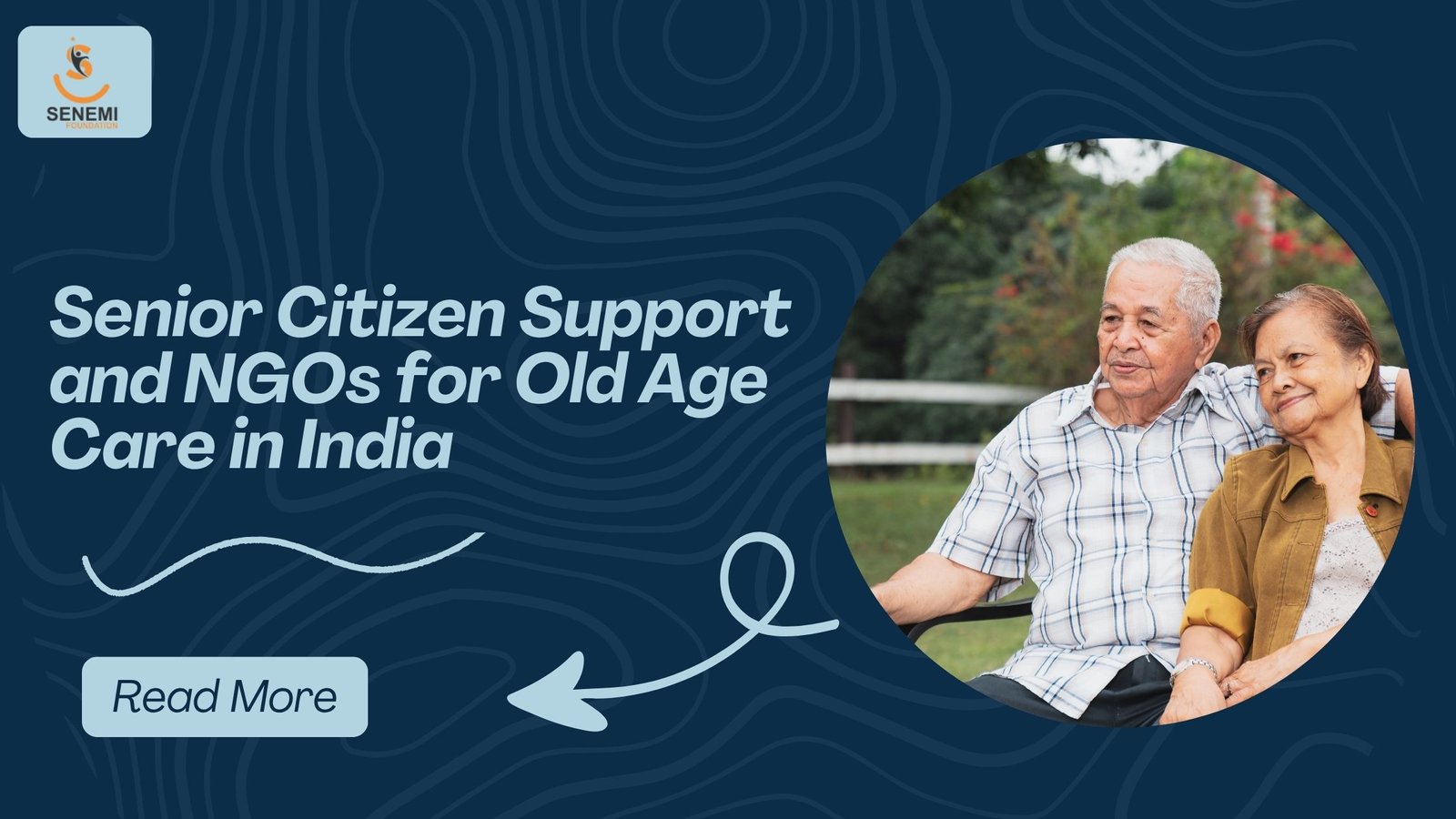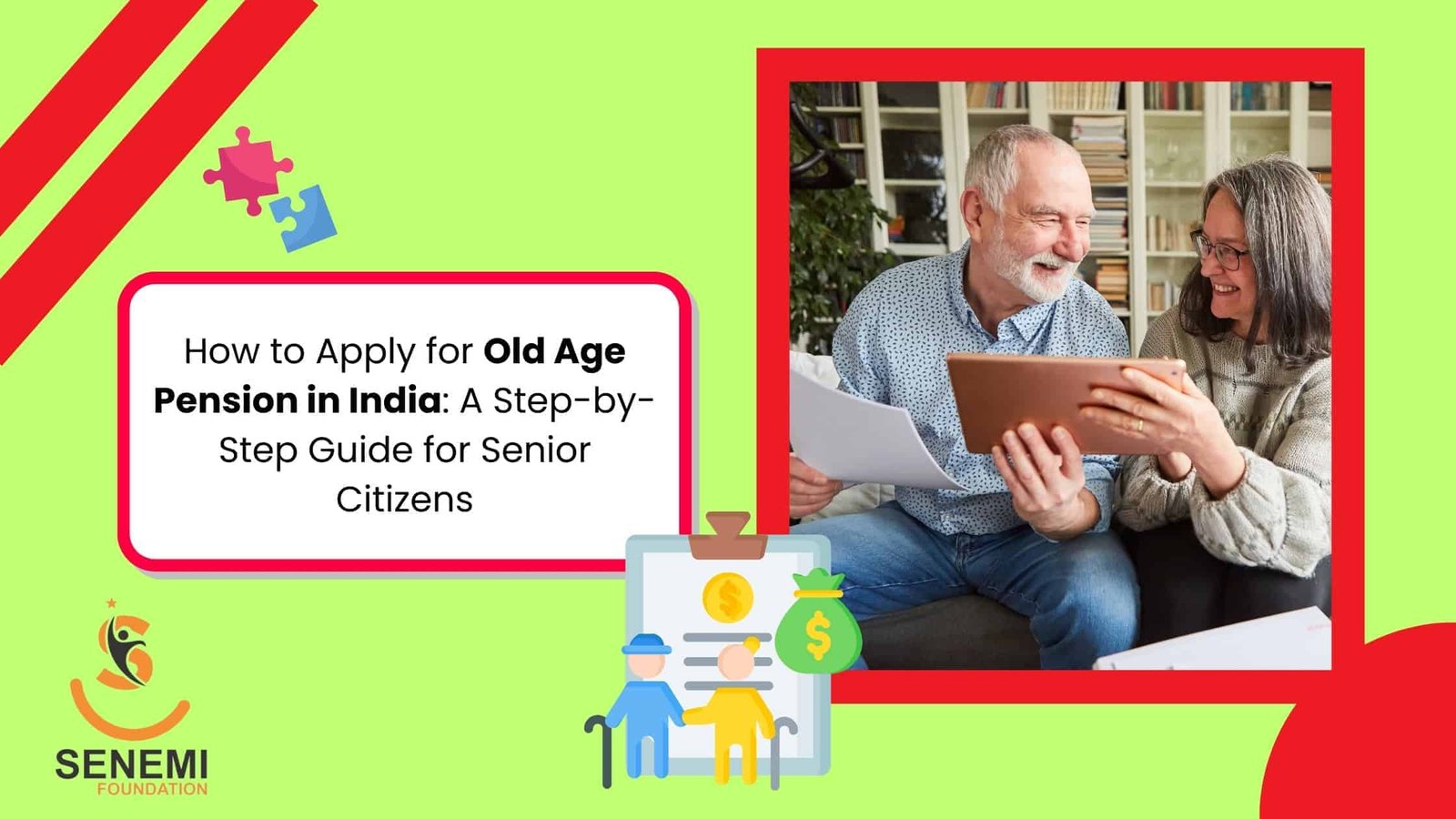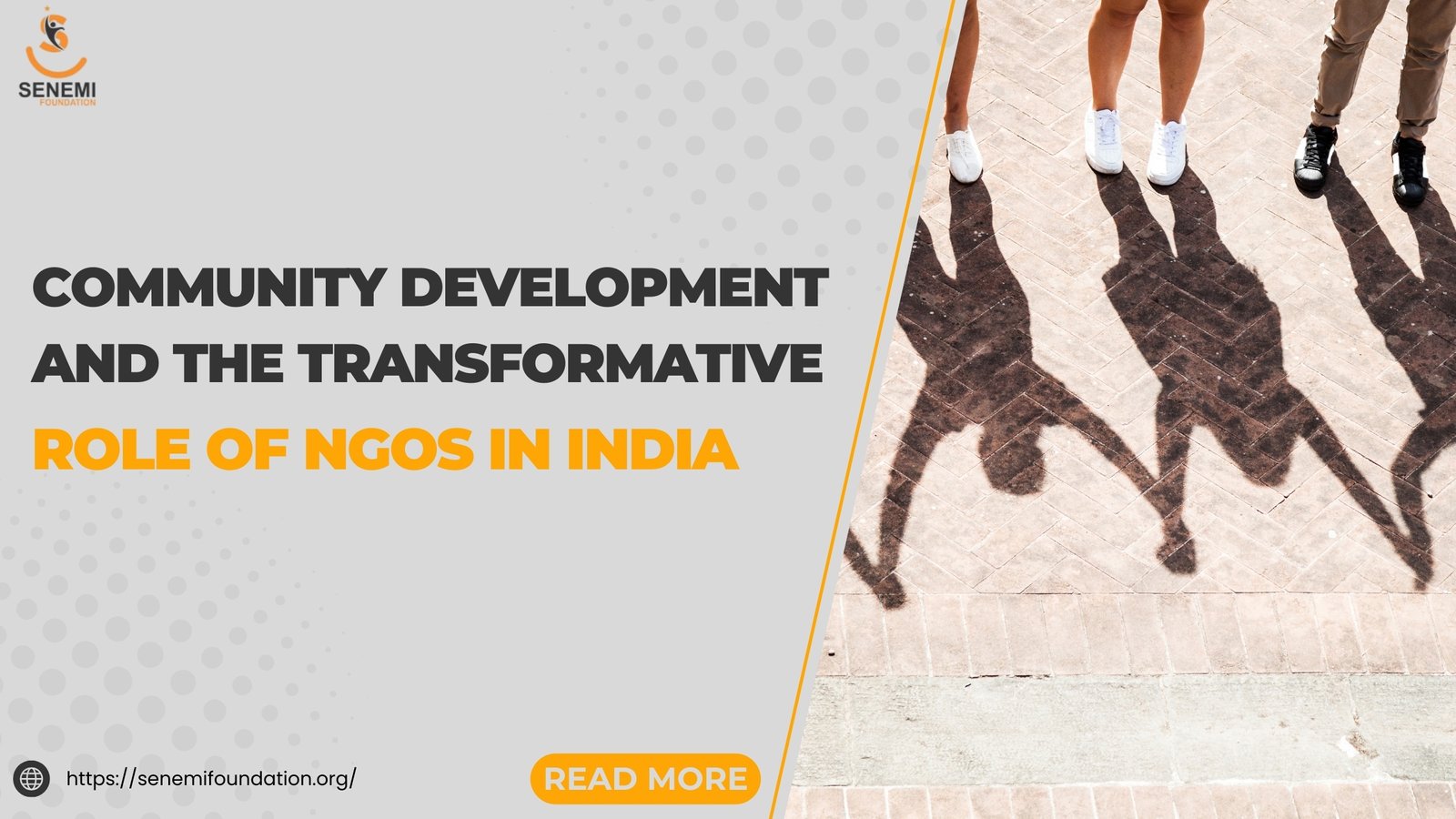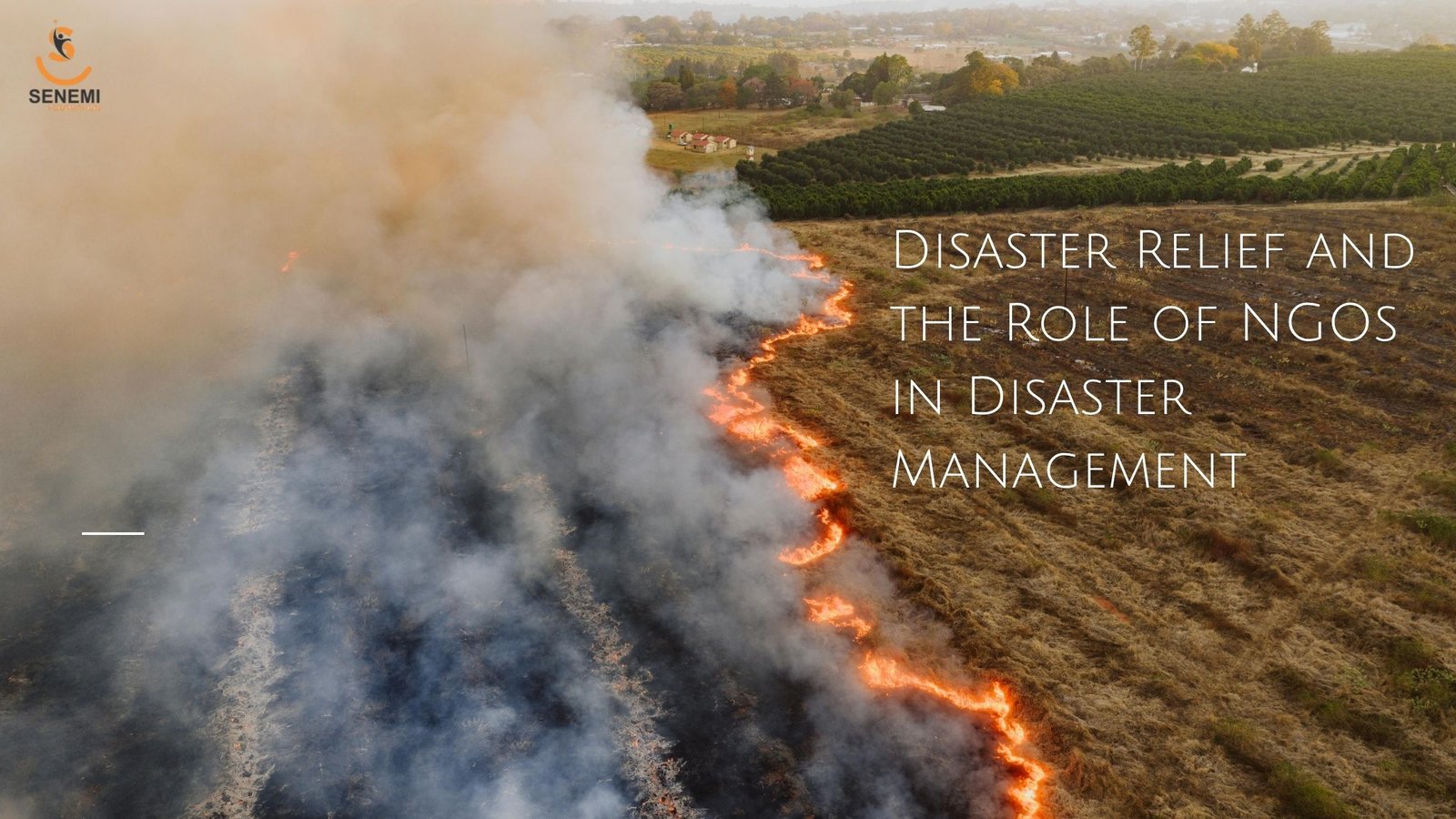
Natural disasters such as floods, earthquakes, cyclones, and droughts can strike without warning, leaving communities devastated. In these critical moments, disaster relief efforts become a lifeline for affected populations. While governments play a central role in coordinating emergency responses, Non-Governmental Organizations (NGOs) have become equally crucial in managing disasters efficiently. From providing food and shelter to rebuilding lives, NGOs in disaster management are the backbone of humanitarian aid and rehabilitation.
 Ragini
Ragini